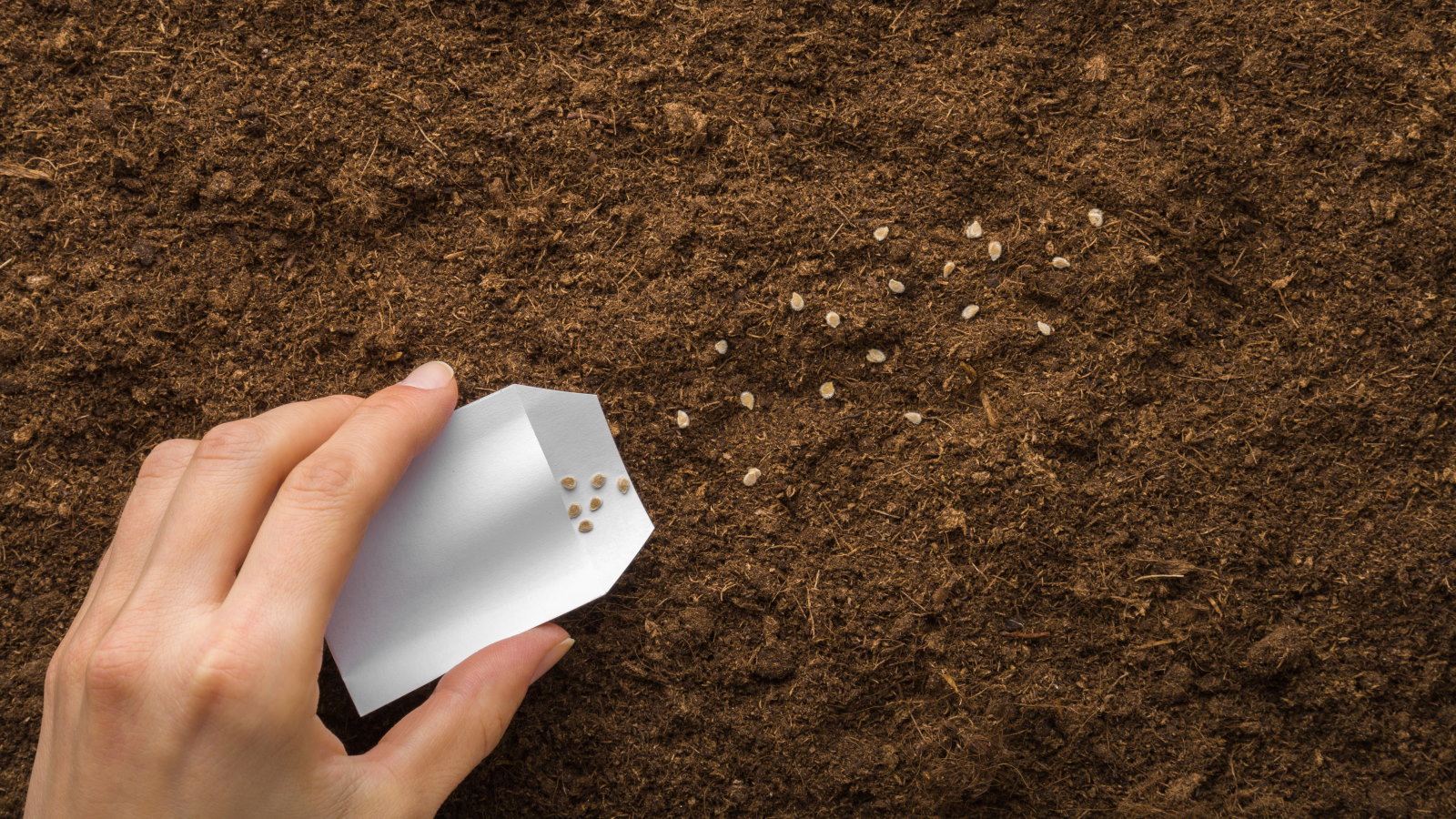
Peace lilies are one of the most elegant and rewarding houseplants, with their beautiful blooms adding a touch of serenity to any space. They’re often praised for being low-maintenance, but any seasoned houseplant owner knows that peace lilies can also be surprisingly temperamental. One moment, they’re thriving, and the next, they are wilting and refusing to flower.
While resilient, these plants need the right balance of care - especially when it comes to feeding. Proper nutrition is key to keeping your peace lily happy, healthy, and blooming beautifully. According to Rob Clarke, technical manager at Westland Horticulture, there's one job every peace lily owner should do to see their plant bloom.

"To flower well, the peace lily must be fed regularly, particularly in the peak growing season of March to October, and we recommend giving it a feed every fortnight," he said. "Use a balanced houseplant fertiliser which features nitrogen for rich, green foliage and potash that encourages plants to bloom and keep their flowers for longer." For people that are forgetful, the expert recommends using a droplet feeder, which can slowly release nutrients into the soil.
"If you’re prone to forgetting to feed, which most of us are, a droplet feeder, offers the ultimate in convenience, Westland’s Droplet Feeder delivers a ready-to-use feed that keeps plants nourished for four weeks," he added. 1. Peace lilies are sensitive to over-fertilisation, so always dilute the fertilizer to half-strength.
2. To prevent root burn, water your peace lily lightly before applying fertiliser. This ensures the nutrients are absorbed gradually without shocking the plant.
3. Pour the diluted fertiliser directly into the soil at the base of the plant, avoiding the leaves. This helps the roots absorb nutrients effectively.
4. Fertiliser can build up in the soil over time, leading to brown leaf tips. Every few months, flush the soil by watering your plant thoroughly until excess water drains out, removing any salt buildup.
5. Feed your peace lily every four to six weeks in spring and summer when it’s actively growing. Avoid fertilising in autumn and winter when growth slows.
.















